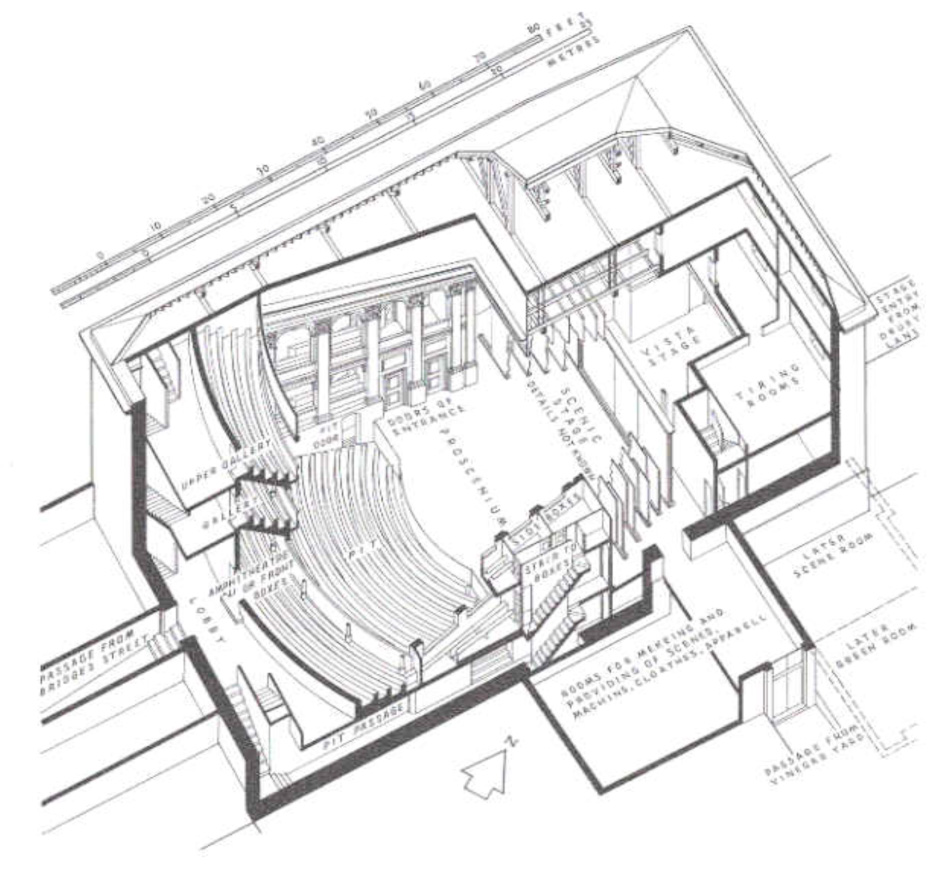
Leacroft, Richard. The Development of the English Playhouse. Ithaca, NY: Cornell University Press, 1973.
http://westerntheatrehistory.com/EnglishMovements.aspx

Restoration Comedy (ca. 1660-1780)- Mistaken identity- 2 (or more) lines of plot (cf. Dryden)
usually involving young couples
|